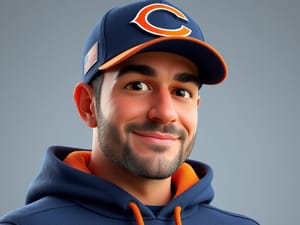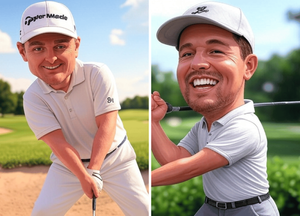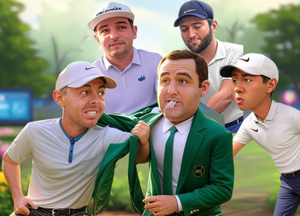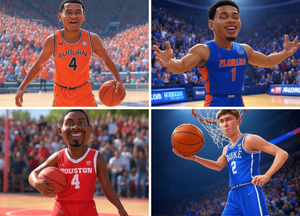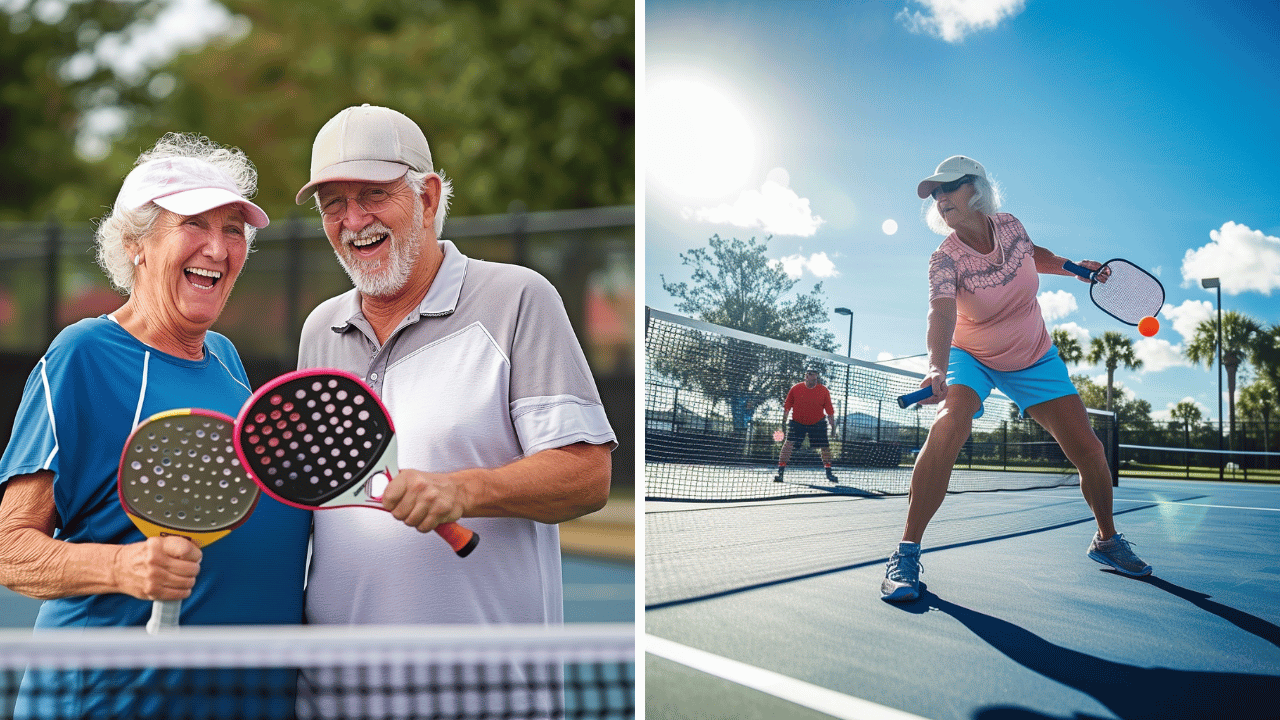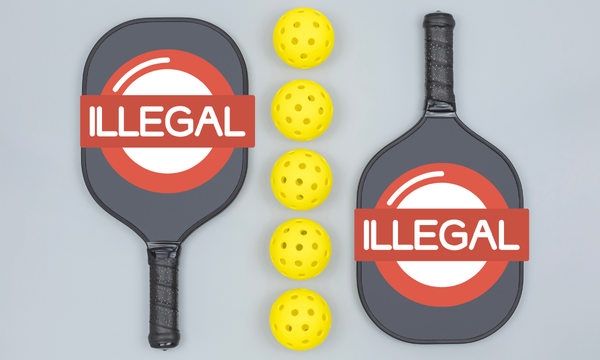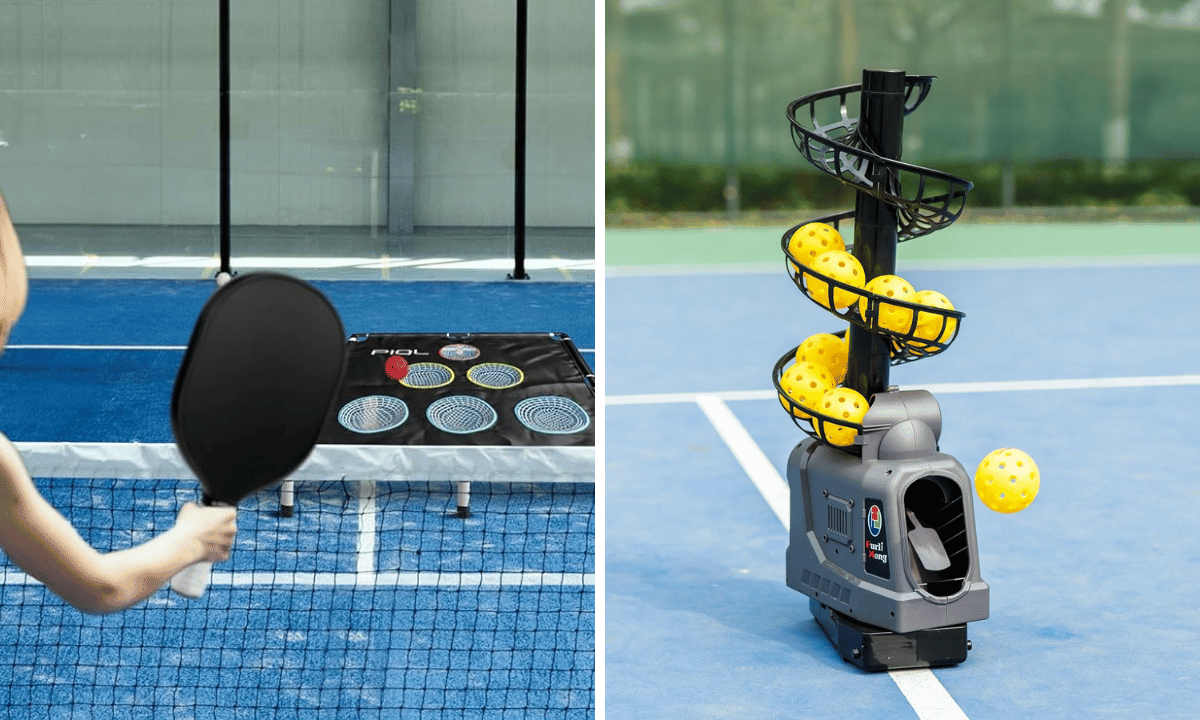Pickleball has taken the sports world by storm, and for good reason! This fun and accessible game combines elements of tennis, badminton, and ping pong, creating an exciting and engaging experience for players of all ages and skill levels.
If you’re new to pickleball or looking to improve your game, you’ve come to the right place. In this comprehensive guide, we’ll cover everything from mastering your serve to choosing the right equipment, providing you with essential pickleball tips to help you win points and become the best player you can be. Ready to dive in? Let’s get started!
Key Takeaways
- Master the basics of pickleball with serves, court movement, and shot selection for a competitive edge!
- Enhance your game by following on & off-court etiquette and choosing the right equipment.
- Show respect to fellow players and officials for an enjoyable playing experience.
Mastering the Serve
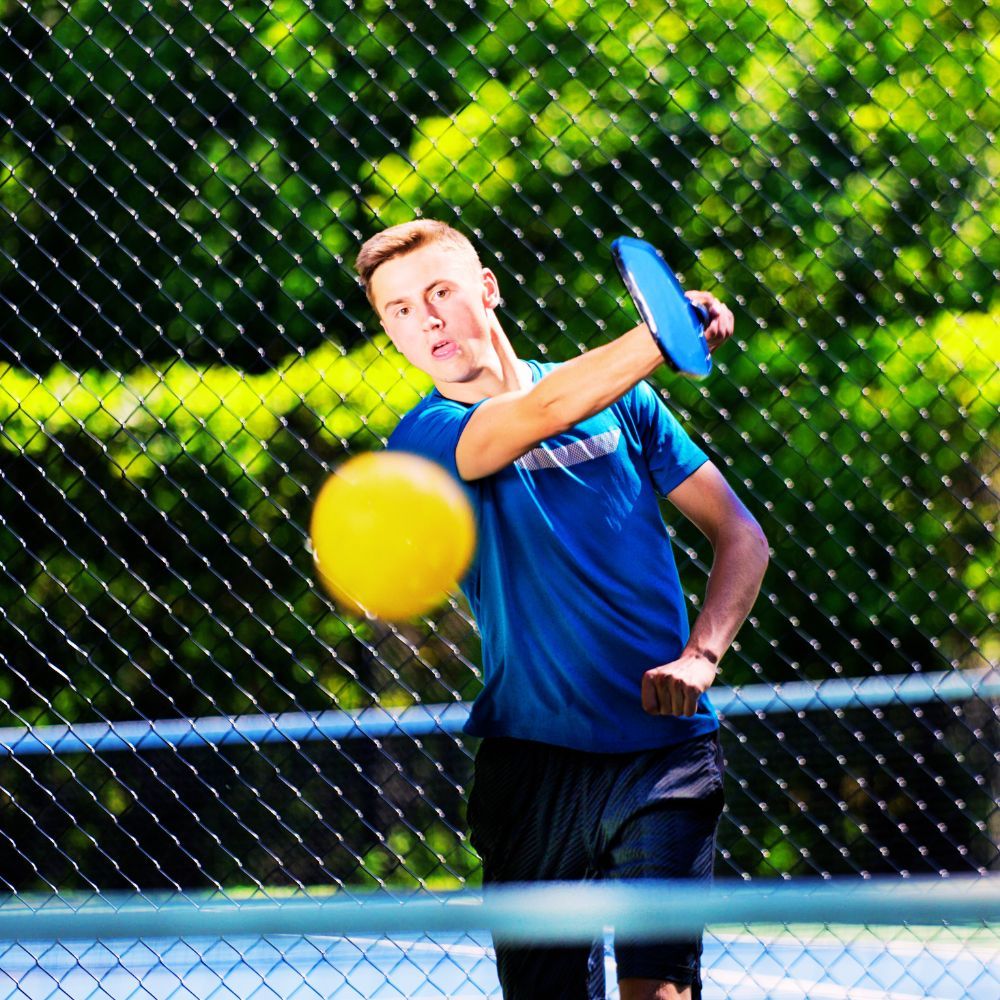
Starting each point with a serve is a key pickleball strategy, as the serving team has the opportunity to score points while the receiving side does not. The purpose of the serve, as defined by the USA Pickleball Association, is to get the game rolling and start the action.
We will now delve into three distinct types of serves - the underhand serve, drop serve, and power serve - and examine the advantages each of these techniques can offer on the court.
Underhand Serve
The classic serve in pickleball involves an underhand swing. The motion should finish with a sharp upward flick of the wrist. To execute this serve effectively, use a smooth, upward motion and direct the ball diagonally across the court to the side opposite where you’re standing.
Keep in mind that if the ball doesn’t quite make it over the net, falls short of the net, or lands in the opponent’s kitchen or on their kitchen line, that’s a fault. However, don’t be discouraged; practice makes perfect, and soon you’ll be serving like a pro.
Drop Serve
The drop serve is an alternative to the traditional underhand serve, offering greater control and accuracy. In executing a drop serve, the ball should be dropped from any height with confidence, and then struck precisely once it bounces.
Remember that the rules and etiquette of a drop serve are the same as for any other serve in pickleball, so wait for the ball to bounce before hitting it and ensure the receiver is ready before serving. The double bounce rule also applies, making it essential to keep these guidelines in mind.
Mastering the drop serve can add variety to your game and keep your opponents on their toes.
Power Serve
If you’re looking to add some extra oomph to your serve, consider the power serve. This aggressive serve focuses on speed and force, aiming to put pressure on the receiving team and force errors. To execute a power serve effectively, follow these steps:
- Position yourself close to the baseline.
- Use a fast, sharp motion to hit the ball.
- Focus on using your wrist and arm for power and spin to maximize your serve’s impact.
Becoming proficient at power serves relies heavily on regular practice, which aids in honing the technique and enhancing the accuracy necessary for successful execution.
Enhancing Your Court Movement

Court movement is crucial in pickleball, as it enables you to be in the right position to make a play and gives you the ability to move efficiently across the court. By controlling your movement in pickleball, you can give your opponents less time to adjust and react, giving you the upper hand.
This section will examine three vital aspects of court movement: lateral movements, quick footwork, and the ready stance. We will probe into each of these aspects and their potential to enhance your game.

Lateral Movements
Covering the court and reaching tough shots is made possible by lateral movements, providing you an advantage in the game. To maximize your lateral movements in pickleball, focus on quick changes in direction, pivoting, and sliding to reach the ball and stay in the best position possible during the game.
Practice drills that focus on quick changes in direction, pivoting, and sliding can help you become better at lateral movements, and challenging yourself by practicing with a partner can take your skills to the next level.
Quick Footwork
Efficient movement and balance maintenance, which enable more accurate shots, are facilitated by quick footwork. Techniques like the split step, shuffle step, and crossover step can help you improve your footwork.
Additionally, wearing the right shoes for pickleball is essential for support, stability, and traction. Remember that practice makes perfect, so incorporate footwork drills into your training routine to enhance your movement on the court.
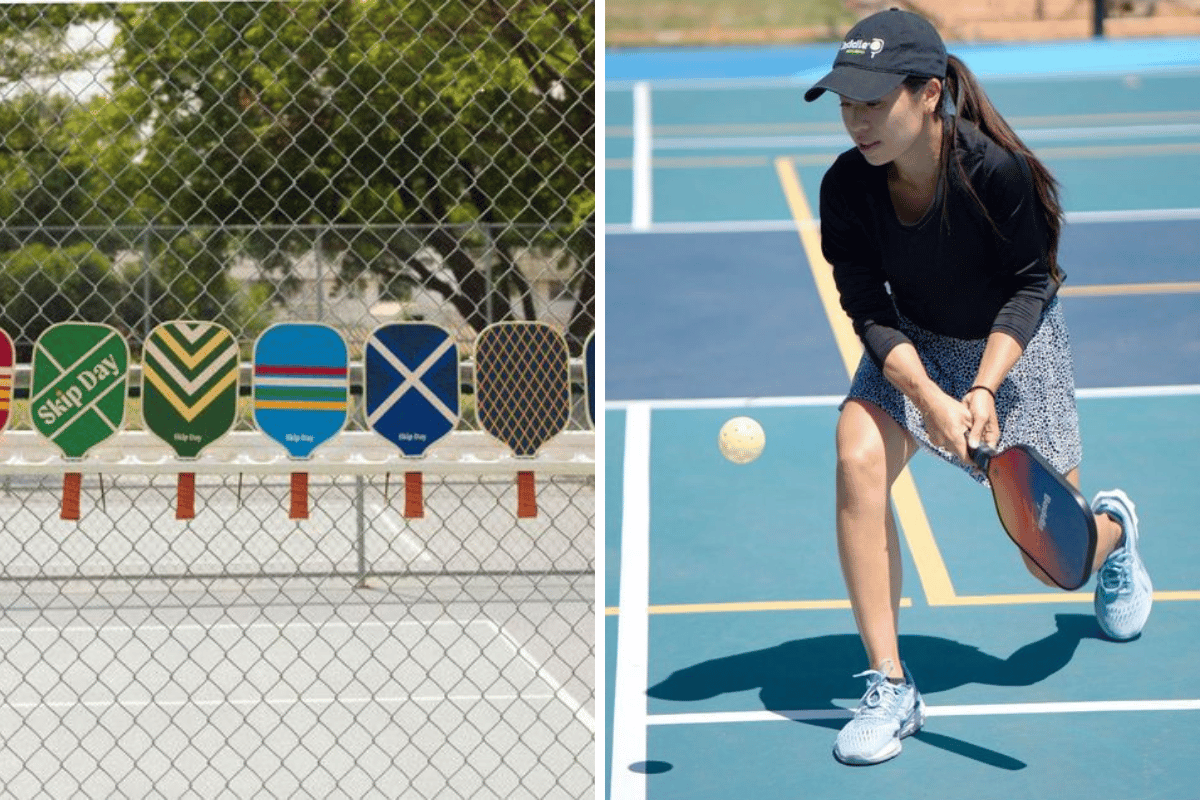
Ready Stance
The ready stance is a crucial position that prepares you for any incoming shots, allowing you to react quickly and effectively. To get into the ready stance, start by standing with your feet shoulder-width apart and your knees slightly bent, ensuring your weight is evenly distributed between both feet.
The ready stance helps you stay agile and respond swiftly to any shots coming your way, keeping you firmly in control of the court and your balance.
Perfecting Your Shot Selection

Shot selection is an essential aspect of pickleball that can help you gain an edge over your opponent. By mastering groundstrokes, volleys, and dinks and drops, you can create a well-rounded game that keeps your opponents guessing.
This section will investigate each of these shot types, including the third shot, and their potential contributions to your court success.

Groundstrokes
Groundstrokes are the foundation of pickleball and require consistent and accurate shots from the baseline. To achieve the best results with your groundstrokes, follow these pickleball basics steps:
- Ensure your feet are shoulder-width apart.
- Bend your knees and keep your arms extended.
- Focus on hitting the ball in front of your body.
- Follow through with your swing for the ultimate groundstroke technique.
Practicing with a partner and working on hitting different types of shots can help you improve your groundstrokes and take your game to the next level.
Volleys
Volleys involve hitting the ball out of the air, requiring good hand-eye coordination and quick reflexes. To effectively volley, keep your paddle close to the ball and use a short, quick stroke for maximum power, especially when playing near the non-volley zone.
Also, maintain a low body position and keep your feet close together to increase accuracy. By practicing volleys regularly, you can enhance your control and accuracy in your shots, giving you a competitive edge in the game.
Dinks and Drops
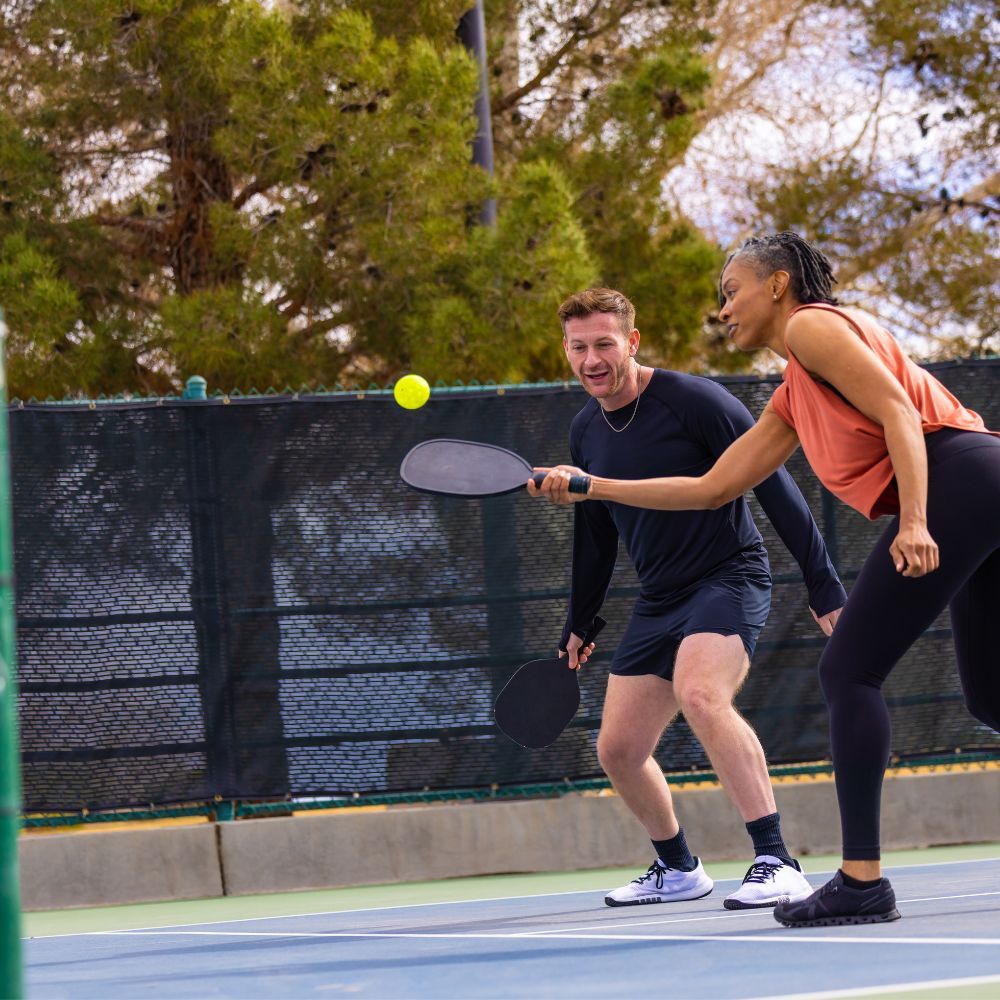
Dinks and drops are soft shots that land close to the net, forcing your opponents to move forward and creating opportunities for winning points. A dink shot in pickleball is a slower and softer shot that is hit near the no-volley line, while a drop shot is similar to a dink shot but is hit from the back end of the court.
By incorporating dinks and drops into your game, you can force your opponents to adjust their positioning and create openings for you to exploit.
Developing a Winning Strategy

Possessing a winning strategy is crucial for pickleball success. This section will delve into strategies for singles and doubles play, along with providing tips for capitalizing on your opponent’s weaknesses.
By understanding these strategies and implementing them in your game, you can maximize your chances of victory on the court.
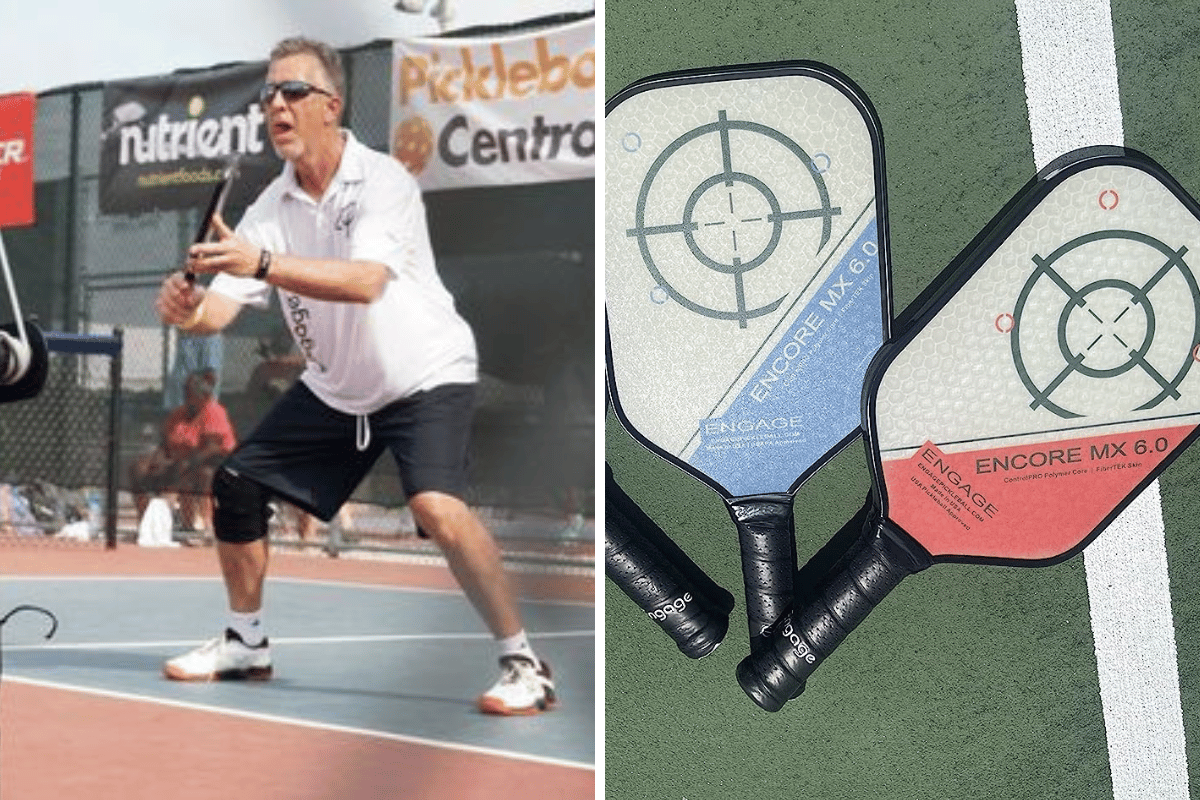
Singles Strategy
In singles pickleball, the strategy involves:
- Staying agile and moving left or right as your opponent moves, but keeping yourself close to the center line
- Maximizing your forehand over your backhand whenever possible
- Serving deep and in the corner to gain the upper hand.
Keep returns deep and in the corners to maintain momentum and position yourself near the middle line to stay ahead of the game. By employing these tactics, you can control the court and maintain consistency throughout the match.
Doubles Strategy
Doubles strategy in pickleball involves:
- Teamwork
- Communication
- Positioning to cover the court effectively
- Hitting the ball deep down the middle
- Communicating with your partner
- Avoiding toeing the baseline
- Going for shots at your opponent's feet
- Incorporating drop shots
- Moving as a team
By following these strategies, you can maximize your chances of winning points in doubles pickleball.
Strategies such as hitting the ball deep down the middle, communicating with your partner, etc.
Exploiting Weaknesses
Exploiting weaknesses in pickleball involves closely observing and analyzing your opponents’ movements, strokes, strengths, and limitations to gain a competitive edge. This can include:
- Serving to capitalize on their poor receiver positioning
- Altering the pace of the game
- Targeting their weak backhand
- Using lobs to take advantage of their positioning
- Taking advantage of poor communication between doubles partners
- Attacking their feet
By identifying and targeting your opponents’ weaknesses, you can gain a strategic edge in the game and boost your chances of victory.
Pickleball Etiquette and Sportsmanship
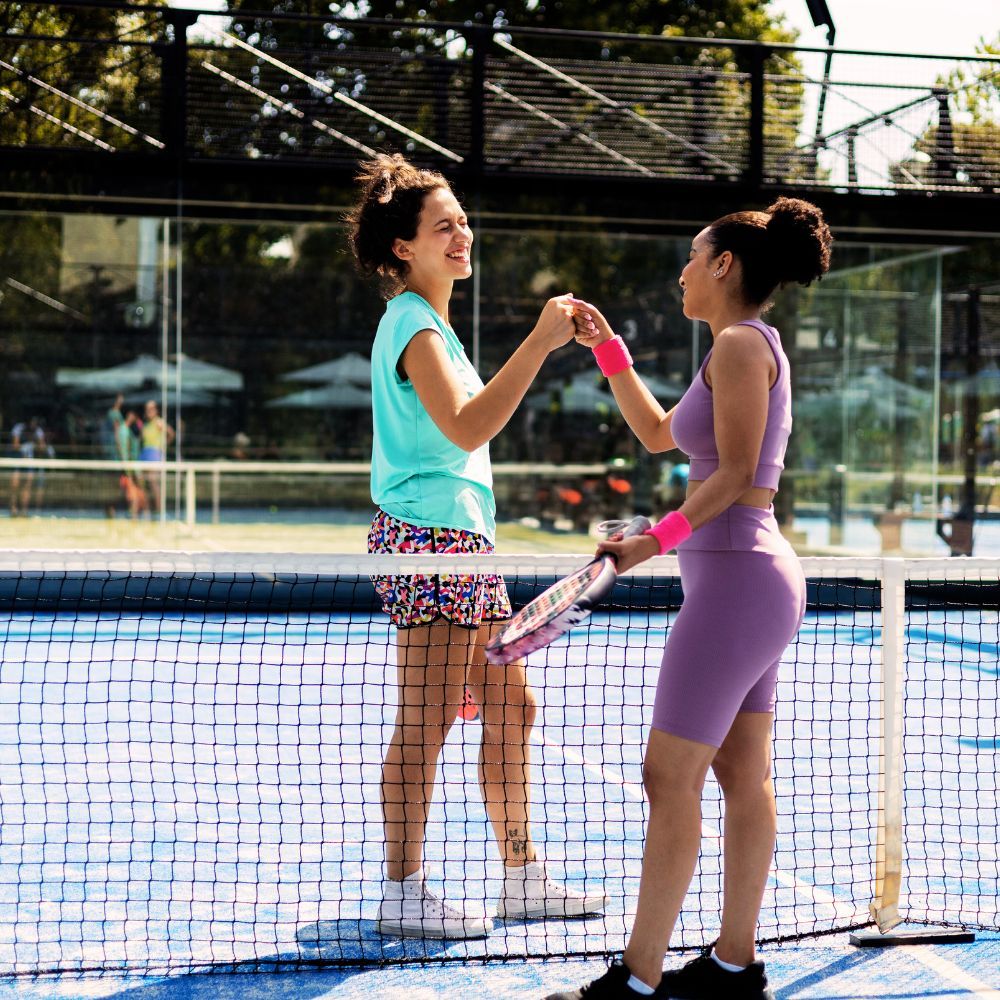
Maintaining good pickleball etiquette and sportsmanship is essential for fostering a positive playing environment on pickleball courts and ensuring that everyone can enjoy a pickleball game on the pickleball court while following the pickleball rules.
In this section, we’ll discuss on-court and off-court etiquette as well as the importance of sportsmanship in creating a fair and enjoyable atmosphere for all participants.
On-Court Etiquette
On-court etiquette includes:
- Following the rules
- Respecting opponents and officials
- Maintaining a positive attitude during play
- Being polite and respectful to your opponents
- Playing at a steady pace
- Not disrupting your opponents’ play
By adhering to proper on-court etiquette, you can help create a fair and respectful playing environment for everyone involved.

Off-Court Etiquette
Off-court etiquette involves supporting fellow players, respecting facilities, and being a gracious winner or loser. Be respectful of other players, including the opposing team, and refrain from arguing with officials or using profanity.
If you win a game, show appreciation for your opponent’s efforts by congratulating them on a good game, shaking hands, and thanking them for playing. If you lose a game, demonstrate good sportsmanship by doing the same. By practicing good off-court etiquette, you can contribute to a positive and respectful atmosphere for all players.
Sportsmanship
Sportsmanship is essential in pickleball, as it promotes fair play, respect, and a positive atmosphere for all participants. By showing good sportsmanship both on and off the court, you can help ensure that everyone has a great time and that the game is played fairly.
Remember, the sport called pickleball is a fun and exciting activity for all, so let’s all do our part to keep it that way and play pickleball!
Choosing the Right Equipment

Choosing the appropriate pickleball equipment can significantly impact your court performance and comfort. This section will cover the significance of selecting the right paddles, shoes, and balls to guarantee optimal performance and enjoyment during play.
Paddles are the most important piece of equipment for any player. They should be lightweight.
Paddles
When selecting a pickleball paddle, consider factors such as weight, grip size, and playing style. Paddles can be made from various materials, including plastic, aluminum, fiberglass, or graphite, so choose one that best suits your needs. With a wide variety of pickleball paddles available, finding the perfect fit is easier than ever.
To find the perfect pickleball paddle, look for features like:
- A large face size
- Textured surface
- Superior durability
- Sturdiness
- Lightweight design
- A sizeable sweet spot
- Great control
- A comfortable grip
With the right paddle head in hand, you’ll be well on your way to dominating the tennis court.
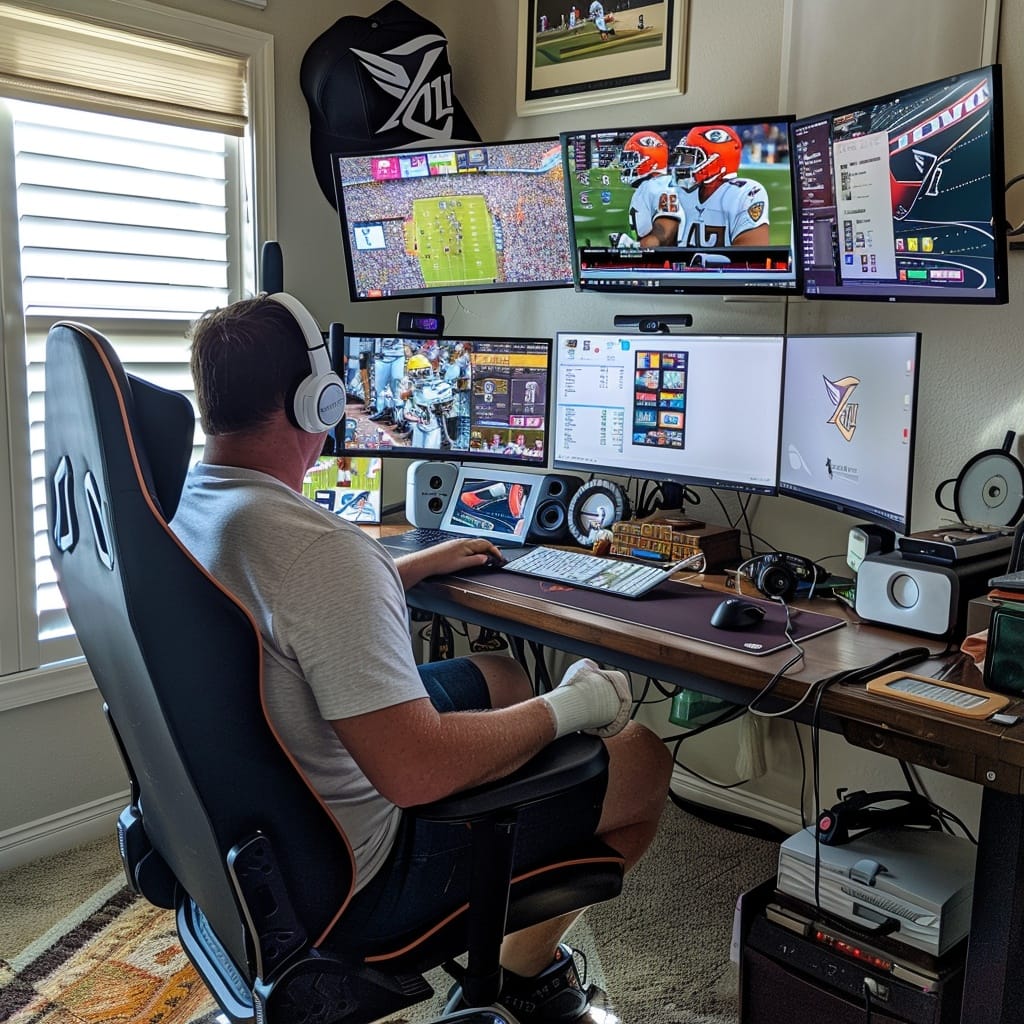

Shoes
Proper court shoes are crucial for support, stability, and traction during play. Choose shoes that offer support and stability while being lightweight to help you move efficiently on the court. Pickleball isn’t suitable for open shoes, hiking boots, and swim shoes. Avoid wearing them while playing pickleball.
With the right shoes, you can move with ease and agility, ensuring a comfortable and enjoyable playing experience.
Balls
Pickleball balls differ for indoor and outdoor play, so it’s essential to choose the appropriate ball for your playing environment. Indoor pickleballs feature larger holes and fewer of them (26 per ball), while outdoor pickleballs boast 40 smaller holes per ball.
Outdoor balls are also heavier and harder, allowing them to fly further and last longer in outdoor conditions. By selecting the right ball for your playing environment, you can ensure optimal performance and enjoyment on the court.
SwagScale Summary
In this beginner’s guide to pickleball tips, we’ve covered everything from mastering your serve to choosing the right equipment. By following these helpful tips and practicing regularly, you’ll be well on your way to becoming a skilled pickleball player.
Whether you’re a seasoned pro or just starting, there’s always room for improvement and growth. So grab your paddle, lace up your shoes, and hit the local courts – the world of pickleball awaits!
Your Pickleball Guru,
Kim
Frequently Asked Questions
How do I get better at pickleball fast?
Take the initiative to play with people at your skill level or above, stay alert and flexible while playing, vary your serves, track your progress, and outsmart your opponents to become a better pickleball player.
Developing your skills in pickleball requires dedication and practice. You need to be willing to push yourself and take risks in order to improve. Start by playing with people at your skill level or above. This will help you stay challenged and motivated.
When playing, stay alert.
What 3 skills do you need to be successful in pickleball?
To be successful in pickleball, you need to have advanced skills such as dinking, volleying, attacking, resetting, and blocking.
By mastering these techniques, you can become a strong player on the court.
What is the golden rule of pickleball?
The golden rule of pickleball is to keep your body engaged and your eyes on the ball at all times for optimal performance.
How do you see the ball better in pickleball?
Focus on the holes in the ball, use a target on the court, and wear a hat to keep your hair out of your eyes; these are key steps to seeing the ball better in pickleball.
Additionally, move your body into a low position while catching the ball with your paddle for maximum visibility.
How do you play pickleball for beginners?
Playing pickleball for beginners involves tossing an underhand serve below the waistline so that it bounces once on the opponent’s side before being returned, and avoiding the no-volley zone when serving.
Additionally, the ball cannot be propelled upward or downward during a serve, and players must stay out of bounds.

